Notes
How Climate Change is and isn’t Fueling the U.S. Border Crisis: These Pictures aren’t that Simple
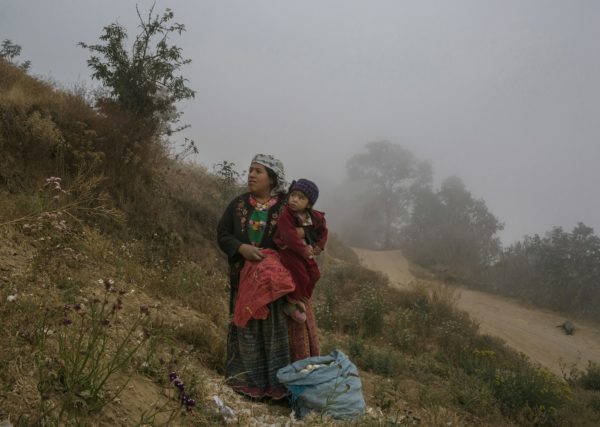
You’ve seen these pictures.
But you’ve probably seen them in a story about a particular place. More than that, you’ve probably seen them in a story about staying in place, not a story about leaving. And even if the story includes some mention of out-migration, you’ve probably seen these pictures in a story about poverty or a story about culture, not a story about climate change.
In early April, The New Yorker published a series of three lushly illustrated articles by Jonathan Blitzer with photographs by Mauricio Lima. The essays provide context for the recent surge in migration from Guatemala to Mexico and the United States. Each one tells a different story: of remittances, debt, and climate change. Together, they treat the forces that push and pull migrants—many of whom are rural and indigenous—to leave their homes and head north.
The first of those articles, “How Climate Change is Fuelling the U.S. Border Crisis,” introduces climate change as a significant push factor in today’s migration crisis. As Central America’s “dry corridor” expands, extreme weather events increase, and seasonal weather patterns become unpredictable, communities of subsistence farmers in the western highlands of Guatemala are no longer able to subsist with traditional crops. Some turn to selling firewood, which contributes to local deforestation and exacerbates the effects of climate change. Many who are able, leave.
And that brings us to the images.
Lima’s photographs illustrating Blitzer’s article are simultaneously familiar and unexpected. If you have ever looked at a National Geographic article about rural, indigenous Latin America, you have seen photographs like these. Women in heavy skirts and shawls, their heads wrapped in scarves and a child on their back, stand in a scrubby field or walk down an empty dirt road. Men in rubber boots, bright pants, and wide-brimmed hats use hand tools to work fields set at extraordinary angles on steep slopes. Corrugated tin roofs, dirt floors, and concrete block walls abound.
Even the photographs of self-help are familiar. This one, for example, shows a man working in a greenhouse, surrounded by the hopeful sprouts of evergreens that will, one day, reforest denuded slopes.
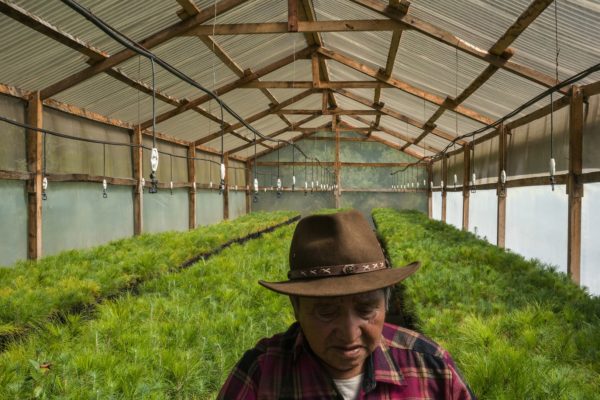
Though I bristle a bit at the familiarity of these photographs, I also appreciate the complexity of their story. With all the visual attention given to the “caravan,” how powerful to see mass migration also depicted by people taking hold of a place.
Consider this group of community members standing in a field, listening attentively to the representative of an NGO helping them deal with climate change.
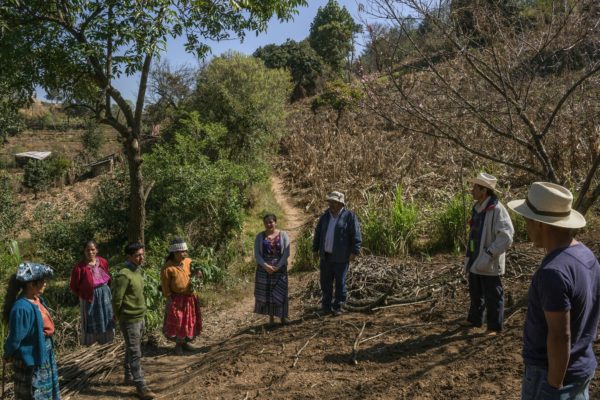
I was glad to arrive at this photograph, which shows residents of Paraje León conferring with an agronomist about planting strategies, and not immediately know who was “in charge” in the scene. I also appreciated how this photograph appeared after several paragraphs of text explaining residents’ efforts to confront climate change and adapt their practices—allowing more people to stay in place if they choose.
Previous paragraphs explained how agronomists had helped Irma Jiménez, one local resident, take advantage of strips of sun and shade as well as tree cover to maximize productivity. Because of that context, I could see the dappled shade and overhanging limbs in the photograph as signs of potential. What might just have been a circle of farmers becomes a scene of possibility.
Blitzer’s article doesn’t always draw out that nuance, though. Sometimes, it tells a more familiar and problematic story. For instance, the first time we see Irma Jiménez, we encounter her as an unassuming domestic figure rather than as someone steeped in agricultural knowledge. She is introduced in a photograph that shows her engrossed in needlework inside her home:
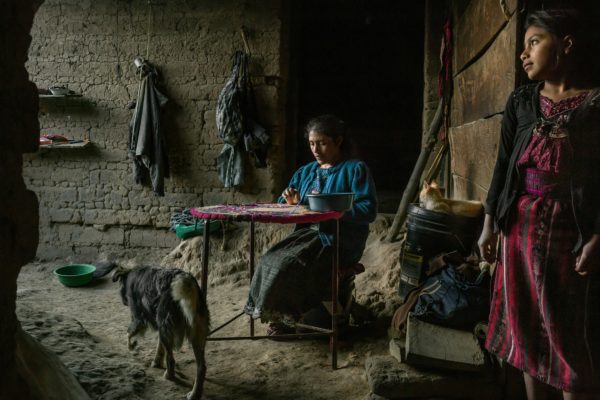
The home’s uneven dirt floor and cracked walls are prominent, as are a slightly mangy dog and cat. Jiménez’s embroidery is brightly colored, like her top and the clothes of an unnamed young woman in the foreground, but the rest of the photograph is a dull brown. The caption also depicts them as having little agency: “Residents of Paraje León, Irma Jiménez and her husband depended on maize as their main source of food and sold other vegetables at markets. ‘We kept losing crops,’ Jiménez said. ‘There wasn’t money, and so we started to have to cut down trees.’”
Only later do we learn that Jiménez and her husband had been among the Paraje León residents who took part in a community development project that provided resources and knowledge to confront climate change. We see her in the simplistic story first.
Despite the appearance of familiar Latin American stereotypes, though, neither Blitzer’s article nor Mauricio Lima’s photographs tell a simple story. Scenes of hope follow close on pictures of struggle and are quickly followed by new challenges. Textually, we begin and end with stories of migration but linger with local strategies in the middle. Visually, we move from a man cutting brush for firewood, to seedlings and a reforested slope, and then to a pile of firewood in front of a denuded hill. The very last photograph shows a woman walking up a dry, dirt road. She is simultaneously very much in place and in the process of going away.
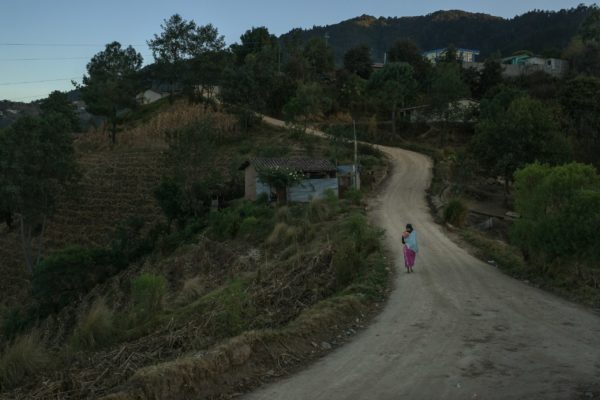
Reasons for coming and going offered in the article are resolutely complex. Any solutions it surveys are imperfect, partial, and fragile. But we desperately need such messy context if we are going to look at familiar pictures and see what more they might have to tell us.
– Christa Olson | @christajolson
Photos: Mauricio Lima. Caption: Outside the small village of Chicua, in the western highlands, in an area affected by extreme-weather events, Ilda Gonzales looks after her daughter. Caption 2: Agustín Par, seventy-five, is in charge of a greenhouse of tree saplings outside the city of Totonicapán. Caption 3: Sebastian Charchalac talks to villagers in a field in Paraje León. Trained agronomists, through grants, have been instructing rural communities in diversifying crops, conserving water, and reforesting some of the surrounding areas. Caption 4: Residents of Paraje León, Irma Jiménez and her husband depended on maize as their main source of food and sold other vegetables at markets. “We kept losing crops,” Jiménez said. “There wasn’t money, and so we started to have to cut down trees.” Caption 5: In Paraje León, a mother walks home with her baby at dusk. This remote corner of the highlands department of Totonicapán is on the edge of an expanding swath of Central America’s dry corridor. 2
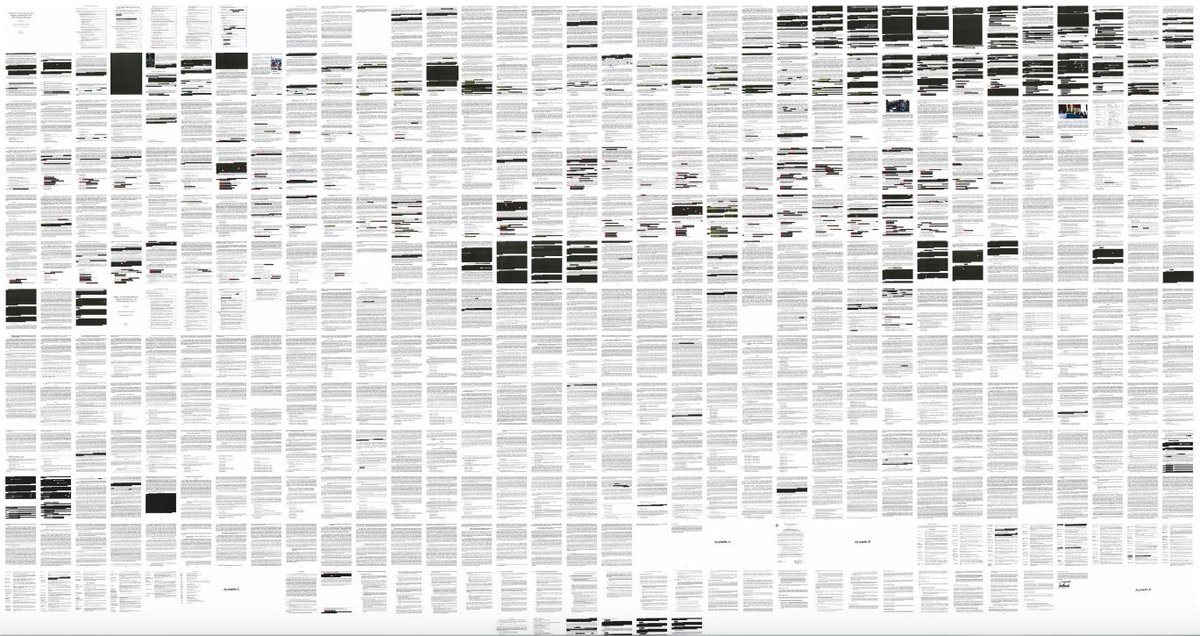

Reactions